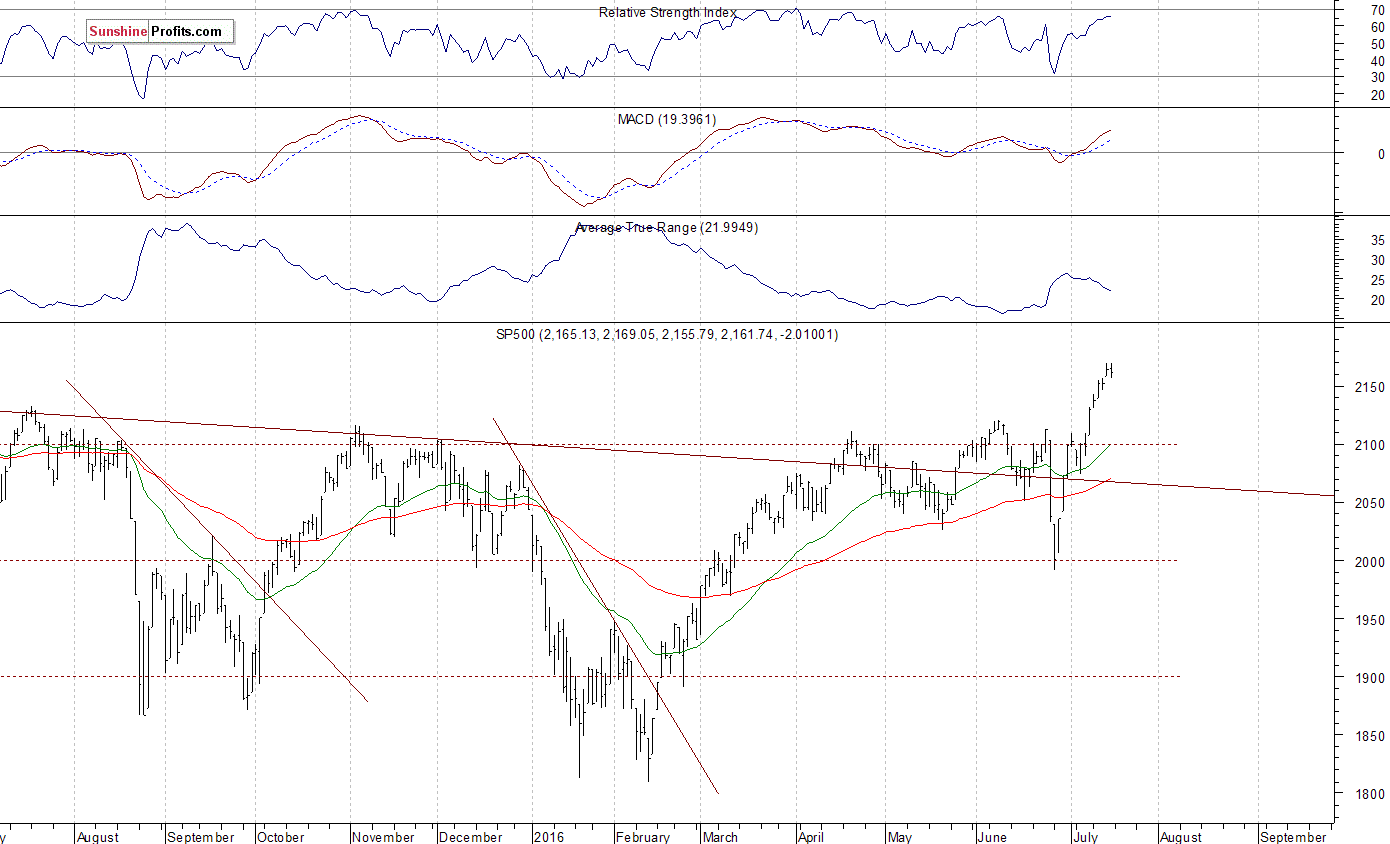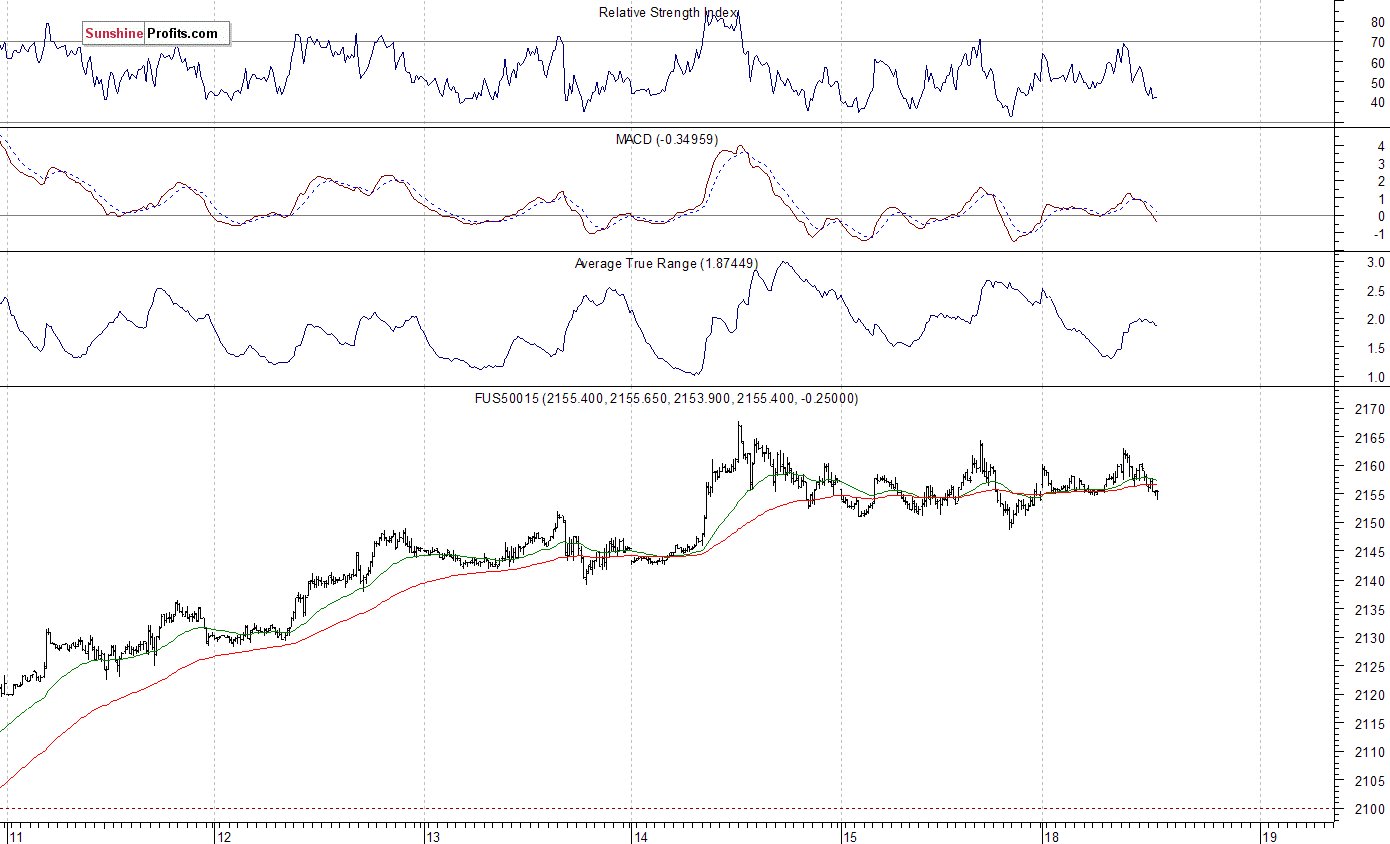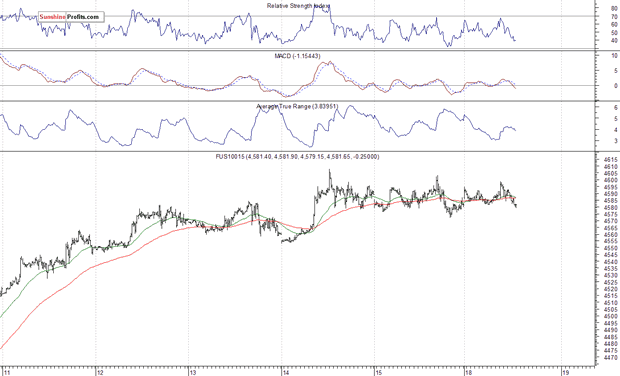Timing & trends

The S&P 500 is trading near an all-time record high. But investors should not take this as the all clear signal. According to most indicators, the market is now more overvalued than ever before.
The Cyclically Adjusted Price to Earnings Ratio analyzes the value of the S&P 500 Index with the 10-year average of “real” (inflation-adjusted) earnings as the denominator to determine if the market as a whole is overvalued or undervalued. Today this ratio sits at 26.73, close to the short-term high of 27.2 seen in 2007 and well above its historic average of around 16.
Then we have the Q ratio, developed by James Tobin. This metric takes the total price of the market divided by the replacement cost of all its companies’ assets. The average Q ratio is .68, but the latest estimate of the Q ratio .98. This suggests that the S&P 500 is currently dramatically above the mean.
Adding to this, the total market cap of U.S. stocks is now 122.5% of GDP. This is the highest level since mid-2000, which was during the NASDAQ bubble. This measure reached its peak at 142%, before crashing back to the more traditional level of just 70% by 2002.
And last we have the Price to Sales Ratio of the S&P 500. It is a measure of the Index’s value compared to its sales. The most recent Price to Sales is estimated at 1.91, in December of 2015 it was 1.81 and in 2007 it was 1.43. This metric shows the market is vastly overvalued compared to firms’ revenue.
All these indicators demonstrate that the S&P 500 is sitting in nosebleed territory. However, while the market marches to ten-year highs, the Ten-year Note yield is hitting historic lows. Bonds and stocks historically have an inverse relationship. This is leading investors to question what the bond market knows that equity investors do not and vice versa. But the correct answer to this seeming conundrum is that both stocks and bonds are in a bubble, which is the direct result of unprecedented central bank credit creation.
The condition of record low bond yields should be the result of a record low deficit and debt to GDP ratios, strong economic growth, which would increase the credit quality of the issuers, and historically low central bank balance sheets.
But today, low bond yields are all about central bank manipulation of bond prices. For instance, the last time the 10-year note was anywhere near this neighborhood was when it reached 2.29 percent in April 1954, during the Eisenhower era. As I noted in my book “The Coming Bond Market Collapse”, during the 1950’s the United States held most of the world’s gold and manufacturing base. The National debt was high but was falling precipitously in relation to the economy; meanwhile, household debt was very low. Also, a strong dollar backed by a partial gold standard and robust economy led to a healthy Treasury market. Bond yields were not a result of central banks manipulating currencies in a frenzied search of inflation to perpetuate a growth fallacy.
But the longer Central Banks stay in the game of thwarting market prices the greater the divergence between economic growth, equity markets, and bond yields will become. This game can last a lot longer than most believe. However, reality will eventually take hold and cause a cataclysmic global bond market collapse.
This is because all asset prices are a function of the so-called “risk-free” rate of return on sovereign debt. Record low and even negative, bond yields have forced yield-starved investors far out along the risk curve in search of a positive return. Therefore, the worldwide sovereign bond bubble has infected; Collateralized Loan Obligations, Mortgage Backed Securities, Municipal Bonds, Real Estate Investment Trusts, Junk Bonds, and Equities…just to name a few of the assets warped by this unprecedented phenomenon.
What will be the sign that equity prices will crash back to reality? The answer in one word is inflation. If, or rather when, these maniacal central bankers achieve “success” in forcing inflation upon the masses; whatever is left of the free market will run for the narrow door to exit all of the assets listed above. Thus, exacerbating the global economic meltdown that must follow the faltering of government debt throughout the developed world.
One more warning for equity holders to heed: As we are all aware, the U.S. housing bubble collapsed back in 2008 and caused a global financial crisis. However, unlike what most market pundits will tell you, a fairly localized Real Estate meltdown cannot be worse than having the entire global sovereign debt market collapse. Blindly riding out this bull market without appropriately hedging your investments is extremely dangerous. Indeed, economic savvy and vigilance have never been more important for your financial health.
related:
Michael Campbell’s commentary on The Dominant Driver of Capital World Wide

Stock Trading Alert originally sent to subscribers on July 18, 2016, 6:51 AM.
Briefly: In our opinion, speculative short positions are favored (with stop-loss at 2,210, and profit target at 2,050, S&P 500 index).
Our intraday outlook is now bearish, and our short-term outlook is bearish. Our medium-term outlook is now neutral, following S&P 500 index breakout above last year’s all-time high:
Intraday outlook (next 24 hours): bearish
Short-term outlook (next 1-2 weeks): bearish
Medium-term outlook (next 1-3 months): neutral
Long-term outlook (next year): neutral
The U.S. stock market indexes were virtually flat on Friday, as investors hesitated following recent rally. The S&P 500 index has managed to reach yet another new all-time high at the level of 2,169.05. The nearest important level of support is at around 2,130-2,135, marked by previous level of resistance (S&P 500 index). The next important level of support is at around 2,100-2,120. On the other hand, potential level of resistance is at 2,200 mark. There have been no confirmed negative signals so far. However, we can see some short-term overbought conditions accompanied by negative technical divergences:
Expectations before the opening of today’s trading session are virtually flat, with index futures currently up 0.1%. The European stock market indexes have been mixed so far. Investors will now wait for the NAHB Housing Market Index release at 10:00 a.m. The S&P 500 futures contract trades within an intraday consolidation, as it fluctuates along the level of 2,150-2,160. The nearest important level of resistance is at around 2,160-2,165, marked by recent all-time high. On the other hand, support level is at 2,150. There have been no confirmed negative signals so far. However, there are some technical overbought conditions, as we can see on the 15-minute chart:
The technology Nasdaq 100 futures contract follows a similar path, as it currently trades within an intraday consolidation along the level of 4,580-4,600. The nearest important level of resistance is at around 4,600-4,610. On the other hand, support level remains at 4,550-4,570, marked by short-term consolidation, as the 15-minute chart shows:
Concluding, the broad stock market remains close to its all-time high, as the S&P 500 index continues to trade above 2,150 mark. We still can see short-term overbought conditions accompanied by bearish technical divergences. Therefore, we decided to open a speculative short position at the opening of today’s cash market trading session (S&P 500 index). Stop-loss level is at 2,210 and potential profit target is at 2,050 (S&P 500 index). You can trade S&P 500 index using futures contracts (S&P 500 futures contract – SP, E-mini S&P 500 futures contract – ES) or an ETF like the SPDR S&P 500 ETF – SPY. It is always important to set some exit price level in case some events cause the price to move in the unlikely direction. Having safety measures in place helps limit potential losses while letting the gains grow.
Thank you.
related:
Michael Campbell’s commentary on The Dominant Driver of Capital World Wide

The decline in confidence In the political establishment is the main factor affecting prices in Currencies, Bonds, Stocks & Precious Metals. Misunderstanding this trend will be expensive. The recent new highs in US Stock prices an example as money flees Europe. The ultimate reflection of the decline in confidence in Government will come when investment in US Treasury Bonds will no longer be seen to be safe.
For the entire Money Talks Show for 07/16/2016 go HERE
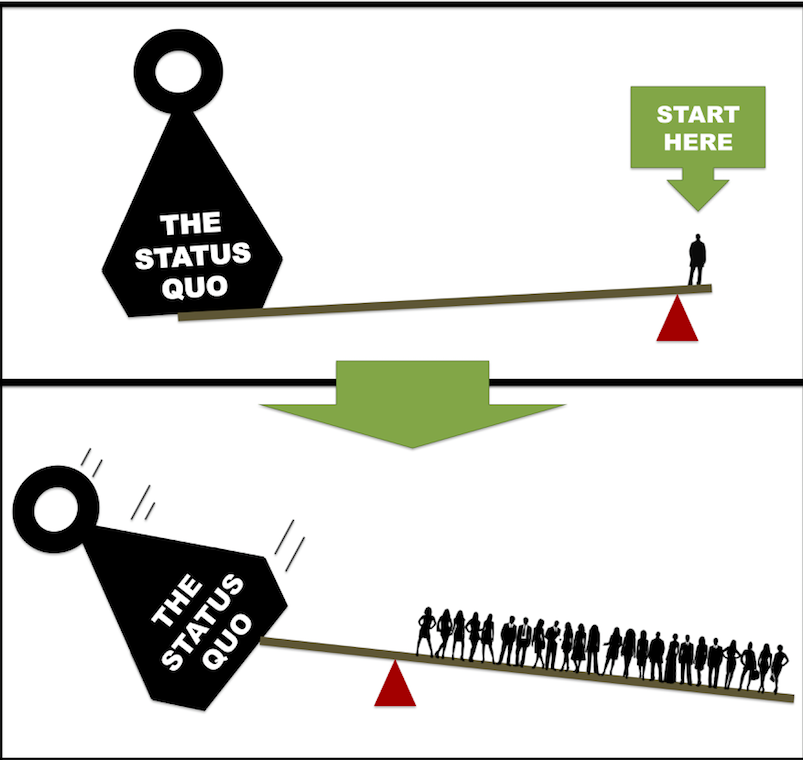

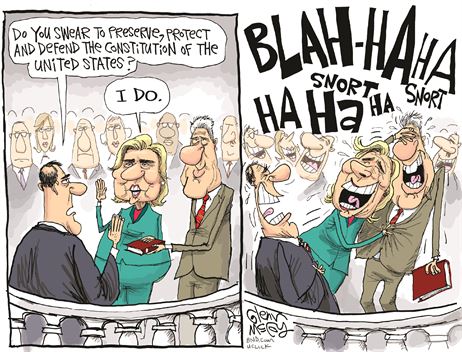 1. All Part Of The Collapse In Government –
1. All Part Of The Collapse In Government –
by Martin Armstrong
Most of the people I have spoken to in the legal community are shocked that FBI Director Comey did not indict Hillary. Comey clearly manipulated statutes
2. Caution: Gold, Silver and Miners …
Fact: No bull market goes straight up, and no bear market goes straight down.
…..continue reading or listening HERE
3. Three Megatrends Dominating Global Real Estate
The driving factors behind global real estate in the coming years

Videos and charts (double click to enlarge):
– Gold & Silver Bullion Video Analysis
– Gold & Silver Bullion Video Analysis
– Precious Metal ETFs Video Analysis
– SF Trader Time Key Charts Video Analysis
Thanks,
Morris
About Super Force Signals:
Our Surge Index Signals are created thru our proprietary blend of the highest quality technical analysis and many years of successful business building. We are two business owners with excellent synergy. We understand risk and reward. Our subscribers are generally successfully business owners, people like yourself with speculative funds, looking for serious management of your risk and reward in the market.
website: www.superforcesignals.com
email: trading@superforcesignals.com
email: trading@superforce60.com
SFS Web Services
1170 Bay Street, Suite #143
Toronto, Ontario, M5S 2B4
Canada


